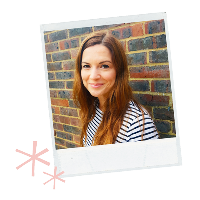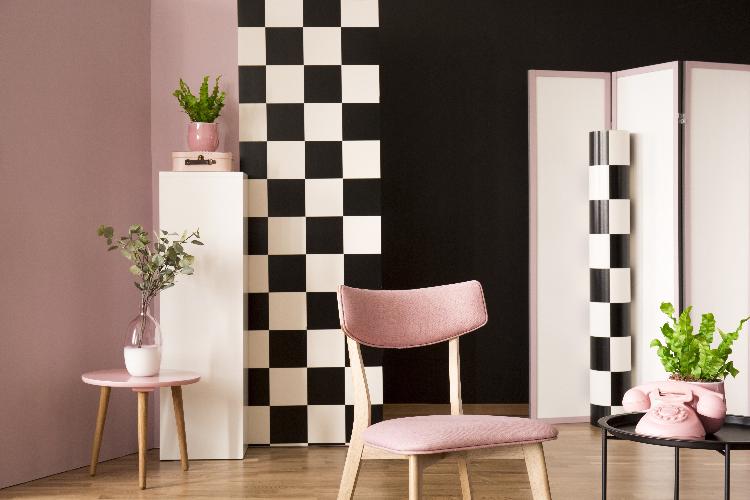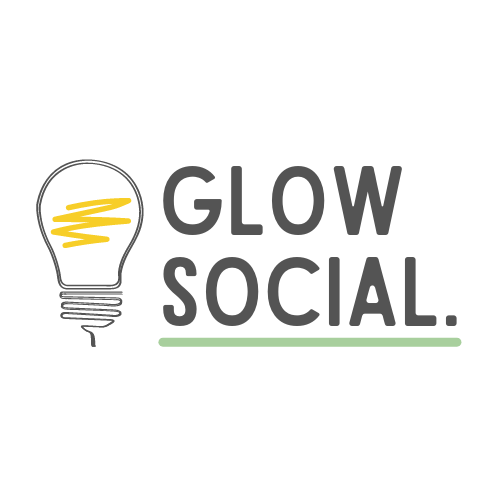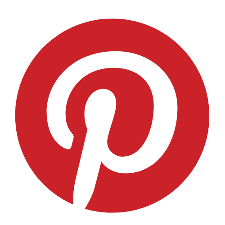Last year, Pinterest hadn't been on my radar since I last redecorated my living room and definitely not since I had become a small business owner. However, I started to wonder if I was missing a major marketing trick by not considering it as a viable tool to reach my audience and find new customers.
What is Pinterest?
Firstly, it isn’t really a social media channel at all. It is an information source – think Google but for images instead. Most users, or ‘pinners’, are on there to find inspiration or ideas for their interests usually before they are about to make a purchase with 85% of pinners logging on for purchase inspiration. Therefore, like Instagram, it is an extremely visual channel, where eye-catching, beautiful images are king.
Images added by users are known as ‘pins’ (rather than posts) and pinners will pin (save) their favourite images to ‘boards’ by topic. Pinners are NOT there to connect with other users – they are looking for ideas and, most importantly for business owners, solutions.
At present on Pinterest, since Pinterest started 240 billion pins have been saved and right now there are around 450 million Pinterest users worldwide. Pinners are predominantly female (60%) but this has reduced from the 70% that it used to be at for a long time. Pinterest is also growing with younger generations with users under 25 growing twice as fast in 2020 than those aged 25 and older.
What sets it apart from Instagram, is that you can add links to each pin you share. This means you can add an image of your product with a link back to your website to encourage conversions. In fact, users are 3 x more likely to click over to a brand's website from Pinterest than any other social media platform and 85% of pinners purchased a product because of Pinterest.
Another really interesting fact to immerge over the last year is that 91% of people view Pinterest as a positive place to hang out online in comparison to the other social media platforms.
Pins can also have a really long life span and a pin can often continue to drive traffic back to your website long after you actually posted it. In fact, the half-life (the length of time it takes for content to reach 50% of its total lifetime engagement) of a Facebook post is 30 minutes, while on Pinterest it’s 3 and a half months, meaning a pin lasts approximately 1,600 times longer than a Facebook post.
So should you go ahead and create a Pinterest Business Page?
Your first step should be check out if the product or service you sell, whether B2C or B2B, has a presence on Pinterest. Use the search function to search for keywords and phrases relevant to your business and your industry and see what comes up. You could also ask your current customers if they use Pinterest and do a little research to see any of your competitors are actively using it too.
Personally, I think most businesses - whether product or service related - can work on Pinterest if you are pinning the right content with the right strategic approach.
Where do you start?
Once you think it could be the place for you and your brand, you can set up a business page which is really simple to do (or you can convert your personal page to a business page). After it is set up, you can add a profile picture (I would opt for your business logo), a description of what you do/offer with relevant keywords and a website link.
Before you start adding content, take a moment to consider what you are trying to achieve. As with all marketing approaches, you need to apply a bit of a plan before jumping straight in. My advice would be:
- Set an objective specific for your Pinterest activity - do you want to use it to build awareness of your brand? Do you want to drive traffic to your site? Do you want make sales?
- Build a strategy - think about what content you are going to post and how it can add value to pinners. How often are you going to post and who are you targeting? What hashtags and key words are you going to use? (I’ll visit strategy in more detail in a moment)
- Plan a cohesive Pinterest aesthetic - we know Pinterest is extremely visual so imagery is key but you may also want to think about consistently branding your content and creating templates that you can use regularly, following Pinterest's pin guides
- Connect your Instagram, YouTube and/or Etsy account/s - this is an important step as it make sure pins from these sites will be associated with your business and you will be able to see the related analytics.
- Claim your website - this gives you access to analytics for the pins you publish from your site, the analytics on pins that other people create from your site, and lets people know where they can find more of your content.
So let’s go back to that strategy point for a moment and think about how to plan your approach.
KNOW YOUR AUDIENCE
Be clear about who you are trying to reach and make sure you have your target audience in mind at all times when planning your content. Think about:
- What solution is your target audience trying to find on Pinterest? How can you solve that problem?
- When is the best time to share your pins? If you know your target audience you should know when they will be active but it is worth testing out a few different time slots and working out what works best
- How often are you going to post? In my research I found anywhere between 5 and 30 over the course of a day was recommended! To be honest, if you are just starting out aim for something realistic, even if that is just one a day, but just keep it consistent
WHAT TO POST
Think VERTICAL – pins should be a 2:3 aspect ratio, meaning your image’s width is two thirds its height. My research found 1000 x 1500 px is a good guide. Only use visually appealing, professional, high-res images and keep them crisp, clean and simple. Apparently, pins without faces in them performed 23% better than those with!
Your pins should be grouped together within relevant boards. Boards, which you create from your dashboard, should be focused on a different topic, theme, product line or service. Ensure each Board has a searchable title and description and you’ve selected an appropriate category from the drop down menu. Now you’re ready to get creating some pins!
We already know you can create pins with a quality image but you may also want to try:
- Video – as with all platforms video performs well on Pinterest; think how-to guides and DIY tips and advice
- ‘Instructographics’ – an instructional guide within a pin
- Linking images through to useful and relevant blogs on your website
- Inspirational quotes
- Useful lists – top 5 tips, best 3 tools etc
- Showcase your expertise – offer value add free content
- Seasonal content (from up to 35 days in advance)
GET ENGAGING
It’s all well and good creating some eye-catching content but if no one is seeing or sharing your pins, you’re wasting your time. Pinterest has great potential to be SEO friendly so you want to make sure you are taking advantage of all the available opportunities to make you content as searchable as possible:
- Get following other users – you could start with accounts you follow on other platforms
- Once you get some followers, comment and engage on their pins
- Research popular, relevant keywords for your industry and include them in pin and Board titles and descriptions so your content is searchable – don’t go to crazy though as you don’t want it to look spammy or unreadable
- Consider adding CTAs (call to actions) in your descriptions (“Repin to your own inspiration board” etc)
- Follow and engage with popular industry boards so your brand name starts to become visible amongst the community
- Share a nice mix of content and not just image after image to encourage pinning – saved content is distributed to wider audience by the Pinterest algorithm in users’ feeds and search results
- Don’t share a ton of pins all in one go, even if you do want to fill up a new board – the algorithm will favour you more if sharing is more spread out
And finally – TEST, TEST, TEST!!! Use your Pinterest Analytics so make sure you are regularly checking what is working, and what isn’t, so you can refine your approach.
I could go on – we haven’t even touched on Idea Pins (basically Stories), paid Pins or a whole host of other features – but I think I’ll save that for another blog post! However, I really think that if you are a small business, it is definitely worth investigating what Pinterest can achieve for you and your brand.
What is clear though is that there is no quick fix with Pinterest. If you are going for it, it is a long game – you’re not going to see results straight away and you will need to put some work in it to get results BUT there are potential customers on the platform right now, looking to make a purchase, so it might just be worth it!
For any advice and support with social media marketing for your business, contact Glow Social. today on 07876136311 or emma@glowsocial.co.uk.



